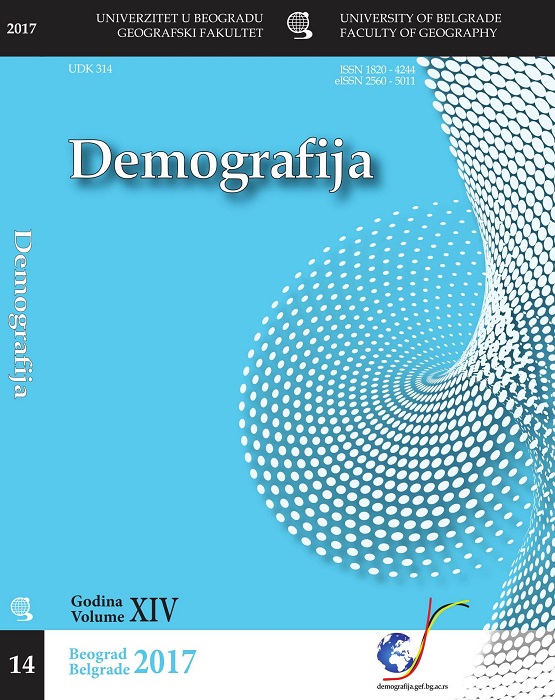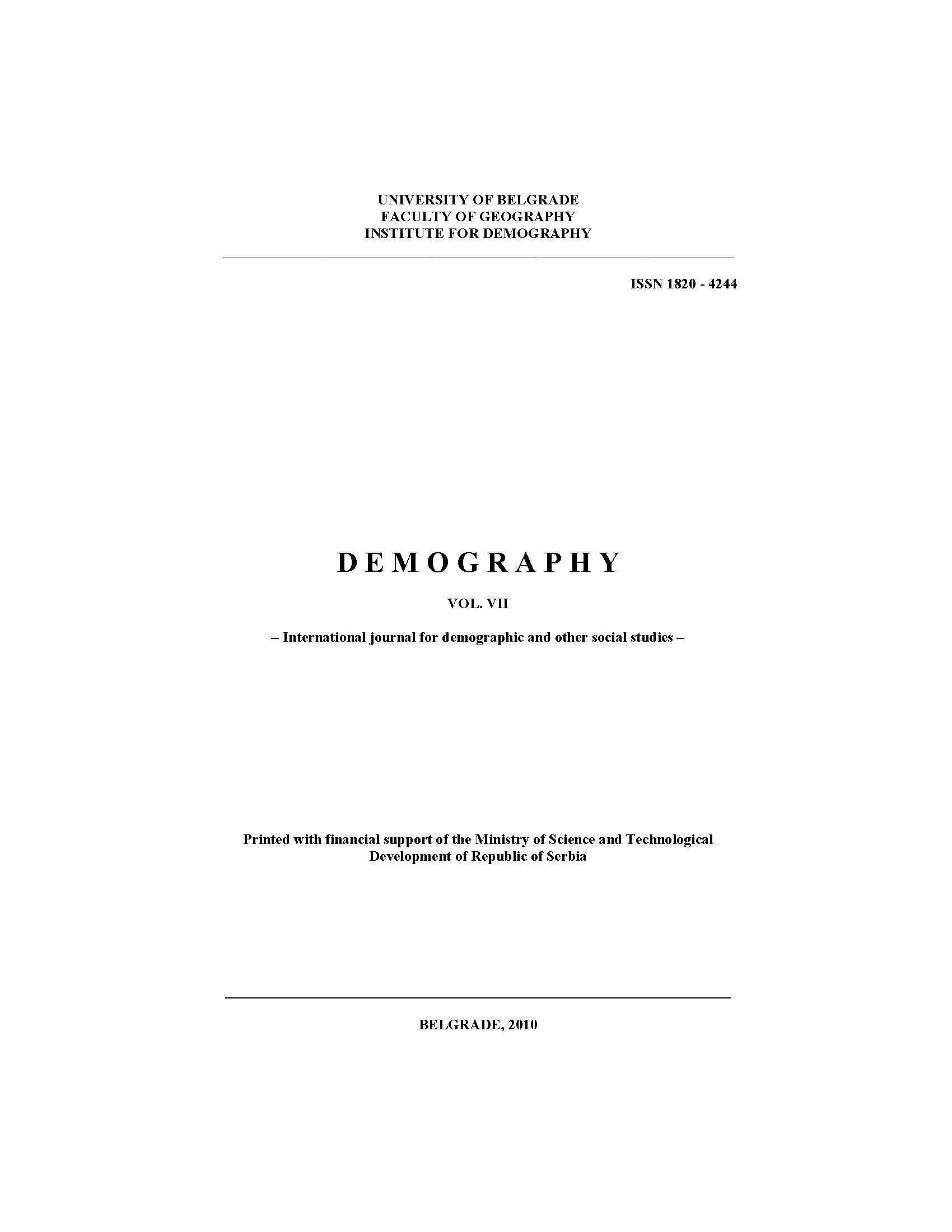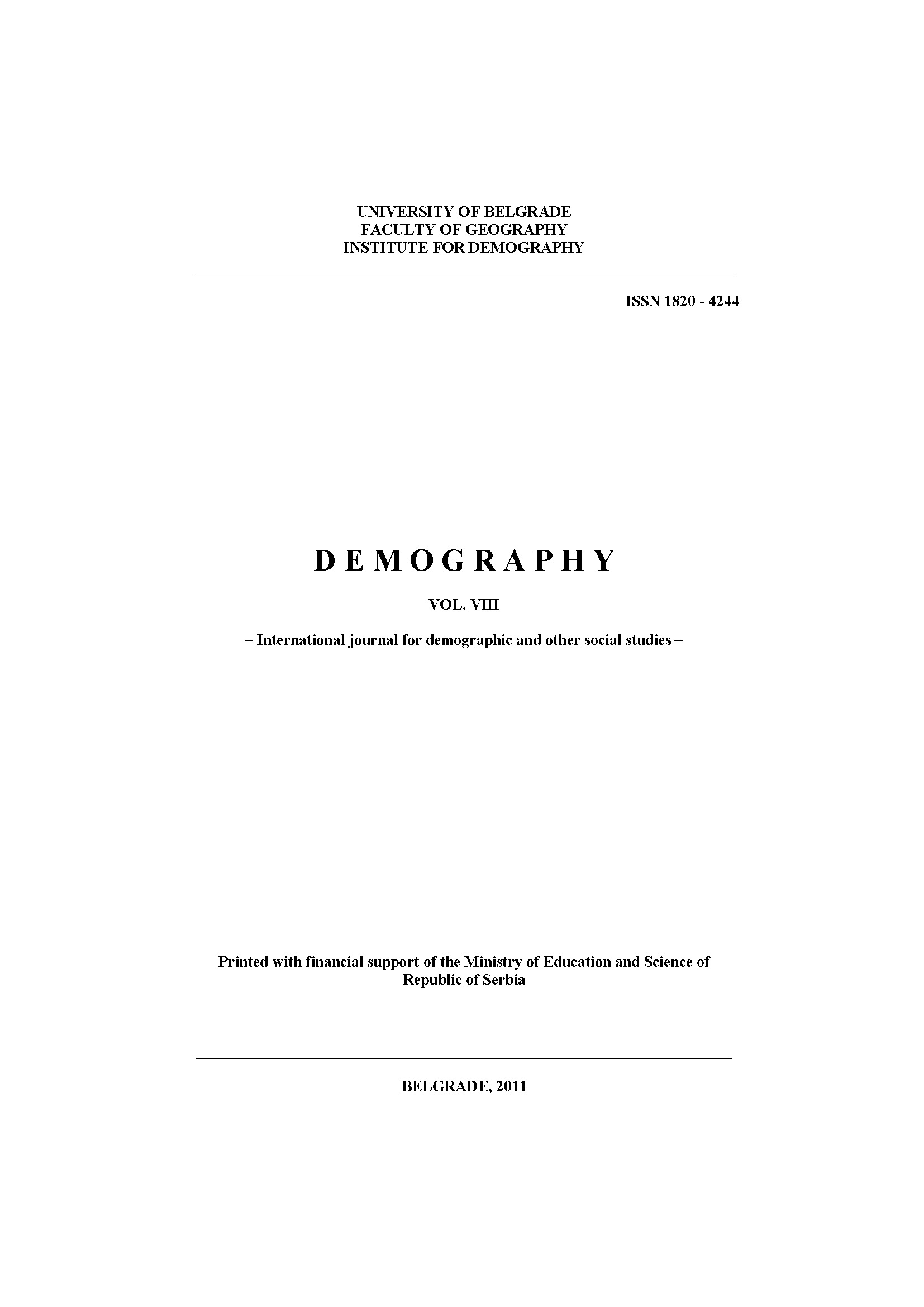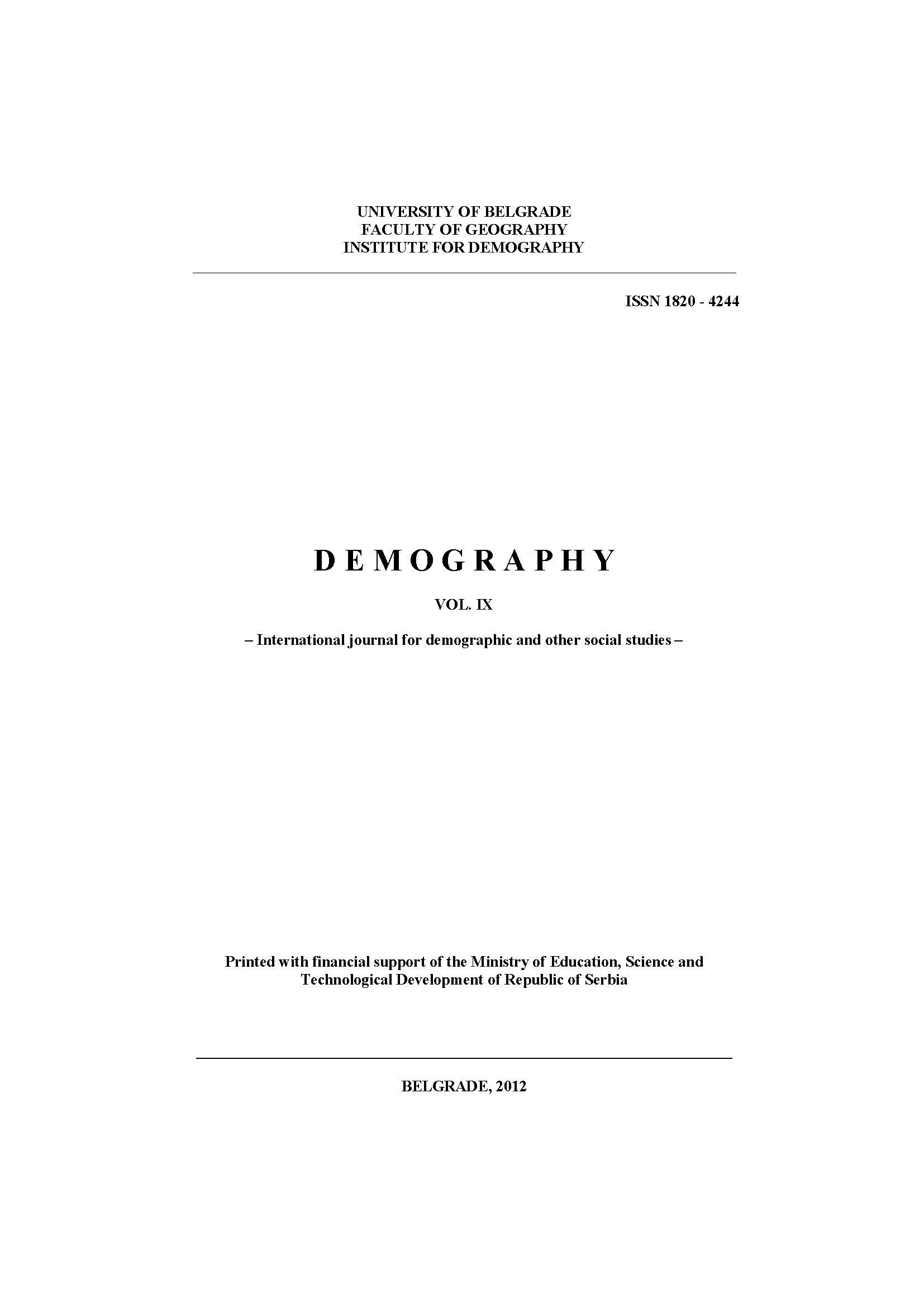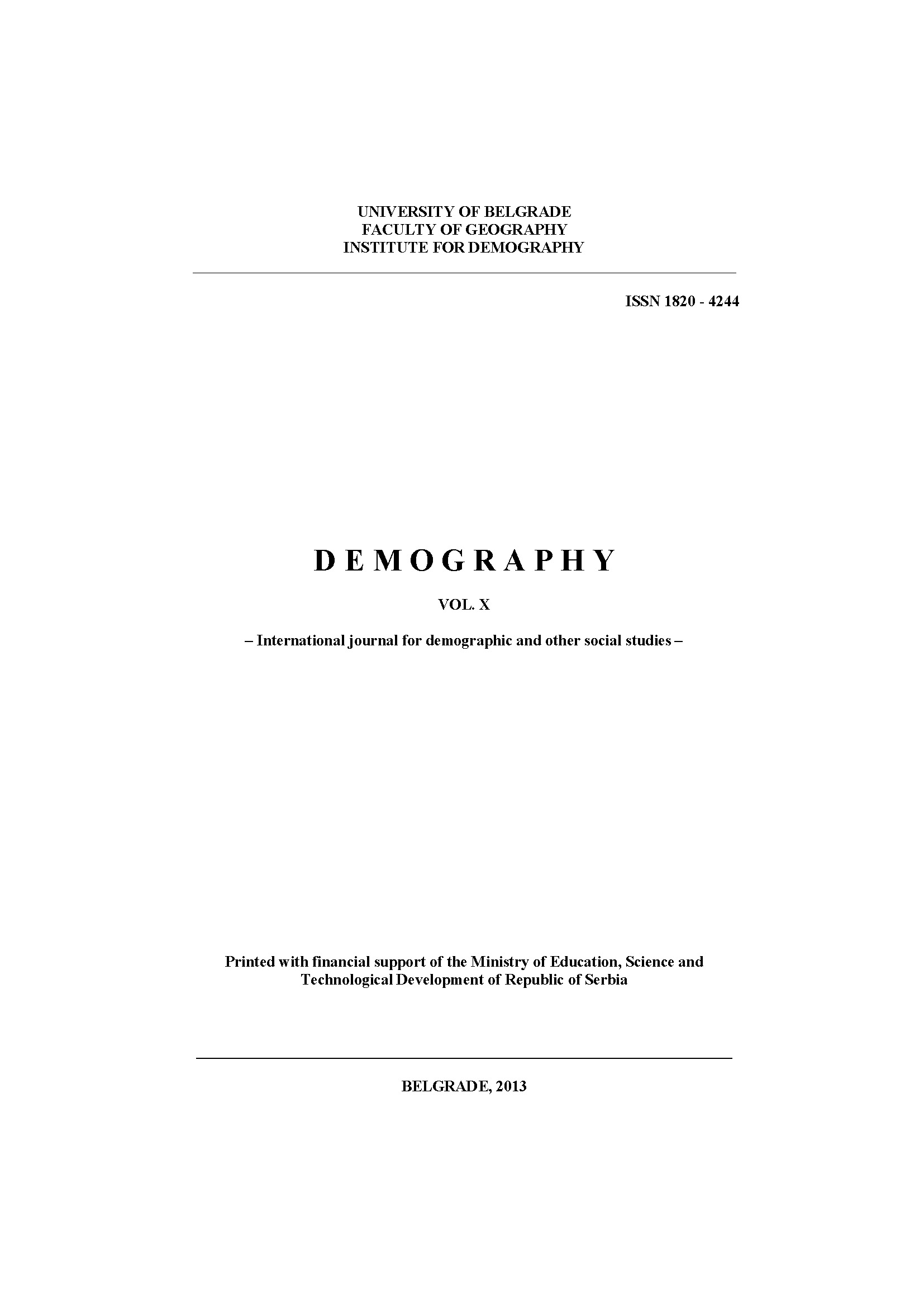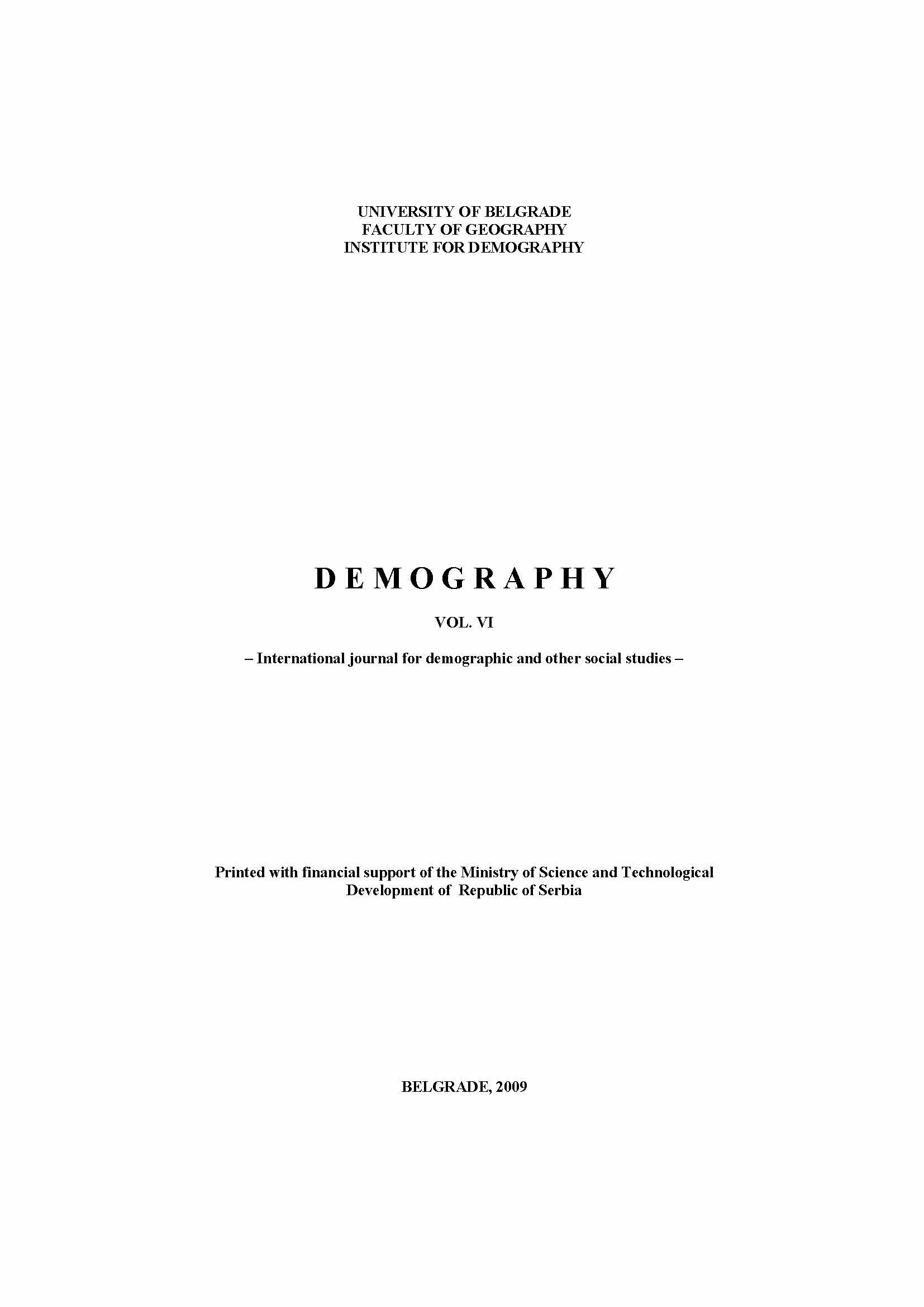
Украјинско становништво и њихова насеља у Јужном Поткозарју
South Potkozarje the north of the Serbian Republic, at the beginning of the twentieth century was one of the centers of immigration and the concentration of Ukrainian and other foreign colonists from the area under the Austro-Hungarian rule. Geographical position, historical events, transportation, trade, cultural, administrative and other functions were the main factors of this population in the southern Potkozarje in this period and later. Political events during the twentieth century have initiated emigration of Ukrainian population, which resulted in continuous reduction of the number of Ukrainians in 15 villages (the whole, lower Garevci, Kamičani, Kozarac, Kozaruša, Maricki, Miljakovci, Orlovci, Tomasic, Trnopolje, Orlovac, Uriah, Gomjenica, Puharska and Čirkin field) and their total scattering in the 6 villages (Krivaja, Petrov Gaj, Rakelići, Ljubija, Kevljani and Omarska). The paper analyzed Migraciona Ukrainian population trends and their extinct and biologically extinct households.
More...

